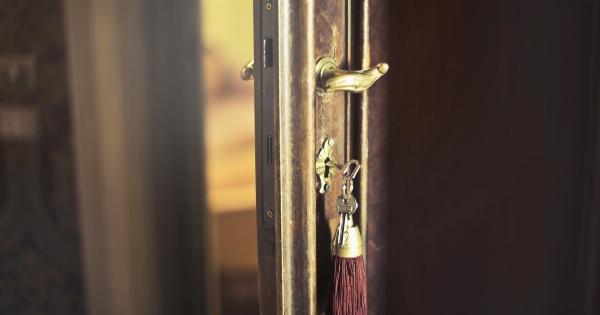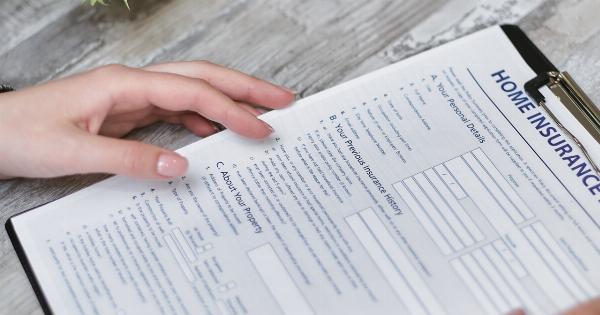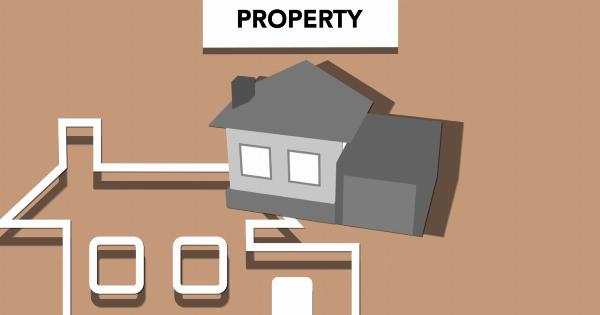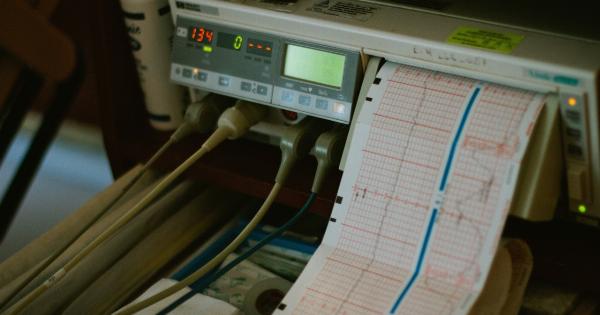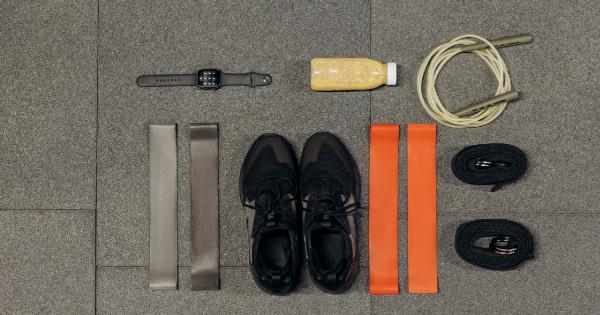As a landlord, protecting your tenants should be one of your top priorities.
While you may have taken the necessary legal precautions by requiring renter’s insurance for your tenants, it is also crucial to have adequate apartment building coverage. This type of insurance provides protection for your entire property, including the building structure, common areas, and any liability issues that may arise.
Understanding Apartment Building Coverage
Apartment building coverage is a type of insurance policy specifically designed to protect the owner or landlord against potential risks and damages associated with their rental property.
It not only covers the physical structure but also various hazards, such as fire, theft, vandalism, and natural disasters.
When you purchase apartment building coverage, it typically includes the following:.
1. Building Structure
The primary component of apartment building coverage is protection for the physical structure itself. This includes the walls, roof, floors, and external features.
In the event of damage or destruction caused by covered perils, such as a fire or severe weather, the policy will cover the costs of repairing or rebuilding the structure.
2. Common Areas
Common areas, such as hallways, staircases, elevators, and shared spaces like gyms or laundry rooms, are also covered by apartment building insurance.
If there is damage or liability issues in these areas, the policy will provide coverage for repairs and legal expenses.
3. Liability Protection
Liability protection is crucial when it comes to rental properties. Apartment building coverage includes liability coverage, which safeguards the landlord in case a tenant or visitor suffers an injury on the property.
It can cover medical expenses, legal fees, and even potential lawsuits.
4. Loss of Rental Income
If your apartment building becomes uninhabitable due to a covered event, such as a fire or flood, and your tenants are temporarily unable to reside there, apartment building coverage can help compensate for the loss of rental income during the repair or rebuilding process.
5. Equipment Breakdown
Some apartment building insurance policies also offer coverage for equipment breakdown. This includes essential systems like elevators, boilers, air conditioning, and heating systems.
If these systems fail and require repairs or replacements, the policy will cover the costs.
Importance of Apartment Building Coverage
Having apartment building coverage is essential for several reasons:.
1. Property Protection
The physical structure of your apartment building is a significant investment. Having the right insurance coverage ensures that any unforeseen damages or destruction will not result in a substantial financial burden.
2. Liability Coverage
Accidents and injuries can happen anywhere, including rental properties. If a tenant or visitor suffers an injury on your property, you could be held liable.
Apartment building coverage provides liability protection, shielding you from potential legal and medical expenses.
3. Peace of Mind
Knowing that your apartment building is adequately protected provides peace of mind. You can focus on managing your property and providing a safe environment for your tenants without constant worry about potential financial losses.
4. Tenant Satisfaction
By ensuring adequate insurance coverage, you also prioritize the safety and security of your tenants. This can help you maintain a positive landlord-tenant relationship and encourage tenant satisfaction and loyalty.
Choosing the Right Apartment Building Coverage
When it comes to selecting apartment building coverage, there are a few factors to consider:.
1. Coverage Limits
Ensure that the policy’s coverage limits are sufficient to protect the value of your property. It should cover the cost of rebuilding or repairing the apartment building in case of a total loss.
2. Deductibles
Consider the deductibles associated with the policy. A higher deductible may mean lower premiums, but make sure it is an amount you can comfortably afford in the event of a claim.
3. Additional Coverages
Review the additional coverages offered by the policy. Consider the specific risks you may face as a landlord and ensure the policy adequately protects against those risks.
4. Insurance Provider Reputation
Research the reputation and financial stability of the insurance provider. You want to ensure they have a strong track record of providing excellent coverage and responding promptly to claims.
Conclusion
Protecting your tenants and your rental property should be a priority for every landlord. Apartment building coverage offers essential protection for the building structure, common areas, liability issues, and more.
By choosing the right coverage and insurance provider, you can have peace of mind knowing that your investment and tenants are well-protected.



